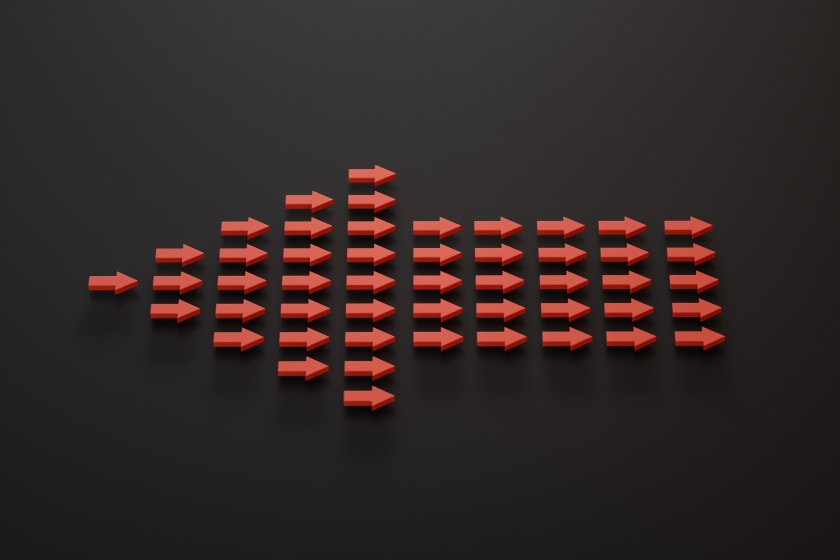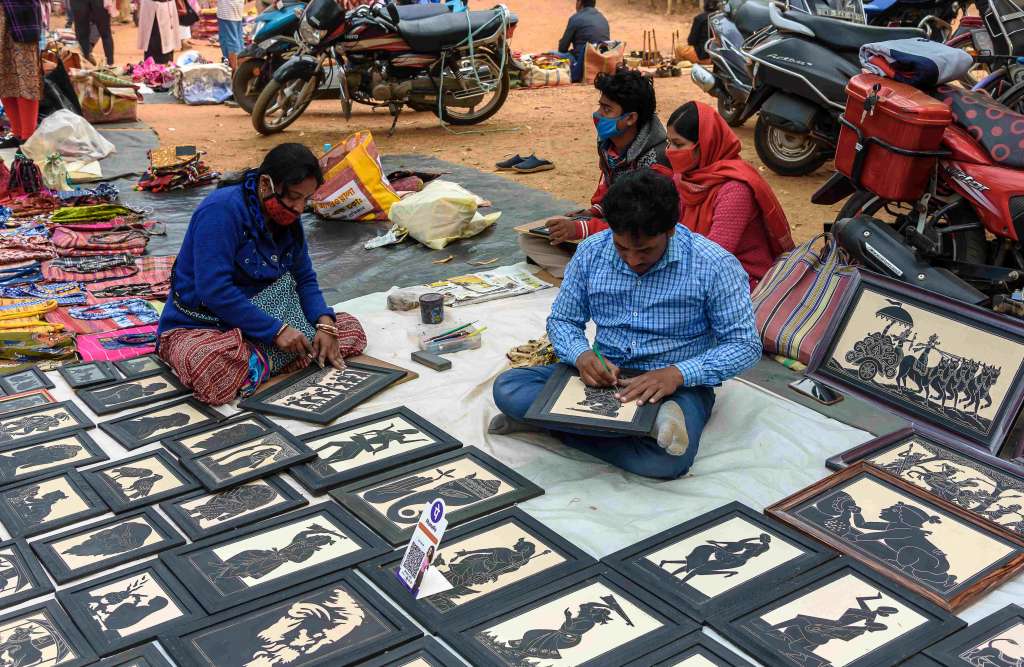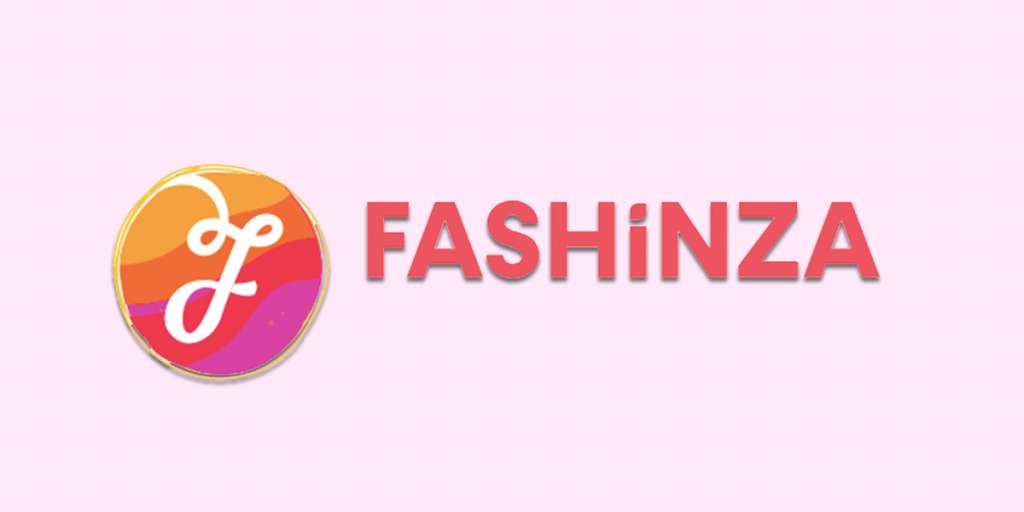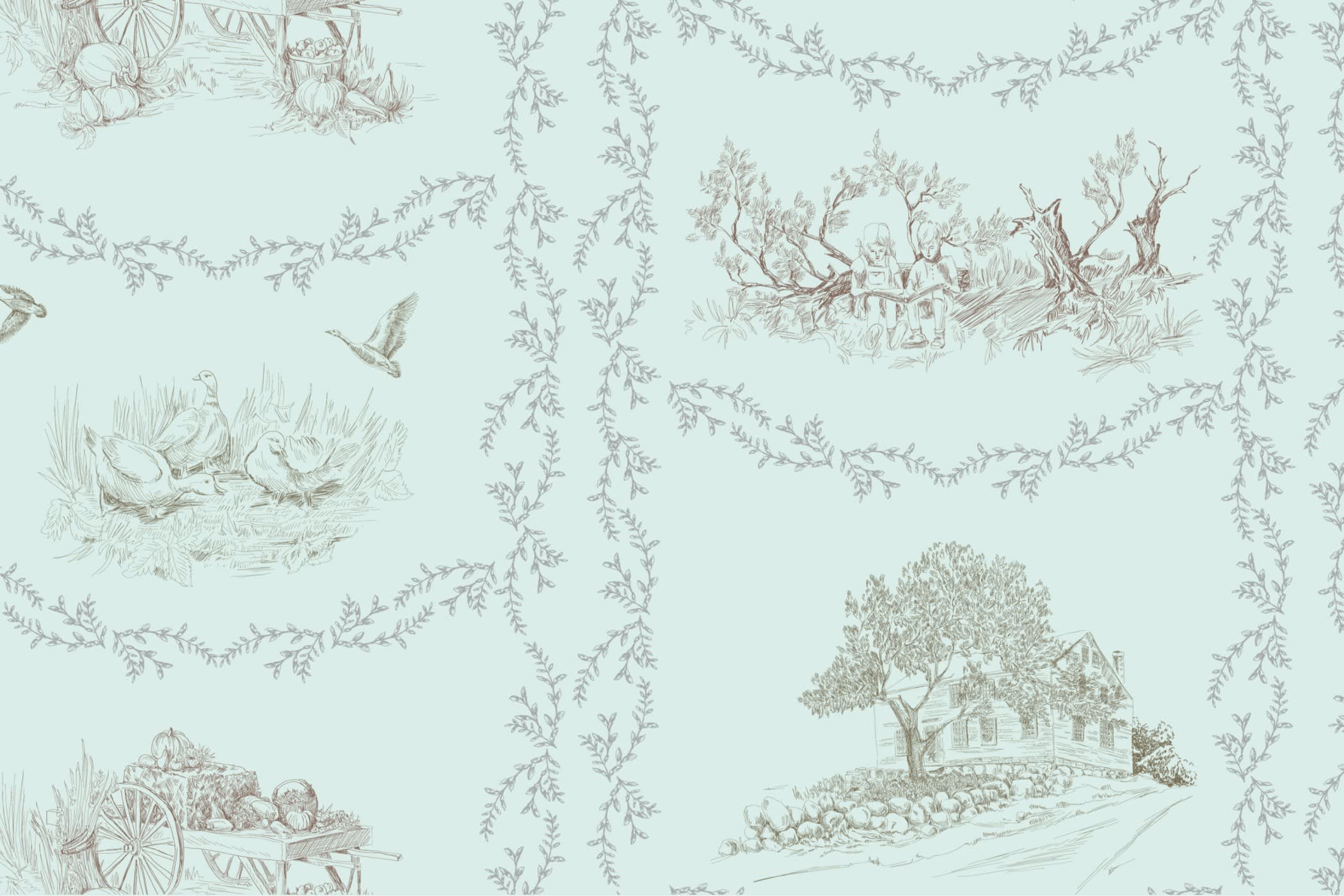The Importance Of Strong Backward Linkage For Wovens



Summary: Textile industry is the largest industry in the world. Since this sector is huge, many companies have partnerships or mergers with other businesses within the same field. Almost every fashion company knows about the different linkages, like the manufacturing industry and suppliers, to up their game. The backward linkage represents the relationship of a business or an institution with the supply chain.
Backward-linkage industries rely on inbound raw materials supplies from other industries. In general, backward linking refers to using manufactured inputs from another firm or industry by one firm or industry. Bangladesh's textile sector is the largest contributor to GDP, accounting for approximately 11.49% of total exports in the fiscal year ending March 31, 2019.
Meanwhile, a backward link between the knit packaging and accessories industries has already been formed. However, the woven industry is progressively losing its competitive advantages due to a lack of significant backward-linkage sectors.
Woven garment exporters rely on raw material imports. Long lead time drives buyers to focus where a shorter lead time is available. Long lead-time also causes wasteful use of raw resources and short-run production.
As a result, it is critical to discover a strong backward linkage for a comprehensive woven supply chain to enhance slamming woven garment exports.
These 5 advantages of backward linking will help manufacturing companies understand the importance of strong backward linkage for wovens.
1. Fulfill Industry Demands

Weaving is one of the processes used to create wovens, one of several processes used to create fabric. According to the Bangladesh Textile Mills Association annual report for 2005, the woven sector can currently fulfill only 30% of total fabric demand.
This is a critical gap for this industry. Exports of woven items have declined due to the quota system's expiration. It results in extended lead times, and purchasers are shifting their focus to other nations, such as India.
Earnings in the woven sector increased by 28.23 percent to $12.43 billion during the July-February period of FY22, while earnings in the knitwear sector increased by 32.87 percent to $15.07 billion. Because woven is expensive in the industry, setting up a meager composite factory will need a minimum of 35 million dollars. That's why setting up a backward linkage Woven will save money and also assists in fulfilling total fabric demand globally.
2. Boosts RMG Production
Unfortunately, raw material shortages from countries like China severely impacted the ready-made garment (RMG) sector. China is one of the most preferred countries for textile imports due to its lower production costs, availability of high-quality raw materials, modern industrial infrastructure, and high-tech machinery. During the fiscal year 2009-10, RMG supplied more than 77% of its export income to Bangladesh, and its export growth rate was 4.1%.
That's why recognizing the backward linkages has become important to meet urban consumerism. Cotton textiles are now produced in ready-made clothing such as saris, dhotis, lungis, blouses, shirting, drill, long cloth, poplin, salu, grey markin, and other items.
3. Becoming Self-Reliant
A country's biggest asset is its ability to be self-reliant. Bangladesh ranks third in the global textile industry as reduced labor costs supported by a large workforce make the country's textile business specialize in large orders.
Bangladesh's export value was roughly $38.73 billion in 2009. Despite ranking third in textile exports, Bangladesh saw a major facedown due to increased dependability on other countries for raw materials. And dependent entities cannot procure leading positions.
According to the Bangladesh Textile Mills Association (BTMA), the nation can supply more than 80 percent of RMG's yarn and fabric through backward linkages. This is in addition to the 40 percent of woven fabric required by the knitwear sector, pushing the value addition to 75 percent.
4. Empowering Local Businesses

Creating a strong backward linkage supplying industry also benefits local and small enterprises. Work can be outsourced farther down the ladder, sustaining the livelihoods of lower-income households. This may be accomplished by establishing appropriate regulations and payment mechanisms with the support of both the corporate and government sectors.
5. Competitive Advantage
Setting up woven backward linkages not only gives total control but also gives a competitive advantage to the manufacturing company. With improved backward linkage, companies can choose their raw material supplier selectively and acquire them.
Once the manufacturing companies acquire the raw material suppliers, they will no longer be available to other competitors in the market. As newer competitors emerge, the companies will seek and implement ways to step up in manufacturing good quality products.
Conclusion
These are the five advantages of improved backward linkage for wovens, which every manufacturing company dealing with imports and exports must know. The importance of woven manufacturing using backward linkages not only contributes to global markets but gives manufacturers overall control.
Key Takeaways
- Bangladesh is a significant player in contributing Ready-made garments in the global market.
- The RMG industries enabled the creation of sectors interconnected to the ultimate export product, a process known as backward linkage.
- In 2022, the export income of Bangladesh's RMG sector will be $8421.52 million. Unfortunately, 60-70% of overall earnings are spent purchasing raw materials.
- Acknowledging the backward-linking industries will fill the gaps and bring revolutionary changes in the textile industries.

Want to know more about textile importers and exporters? Well, head to Fashinza. We at Fashinza, recognize the importance of bridging the gap between suppliers, manufacturers, and fashion houses. Get in touch with us to understand the supply chain management process step-by-step.
You can contact us at Fashinza.com



















